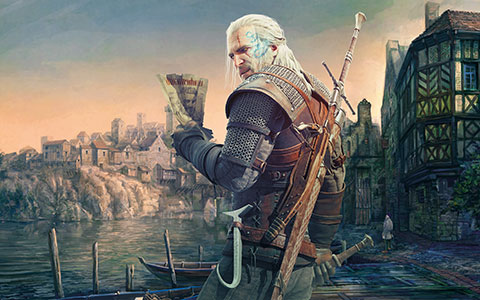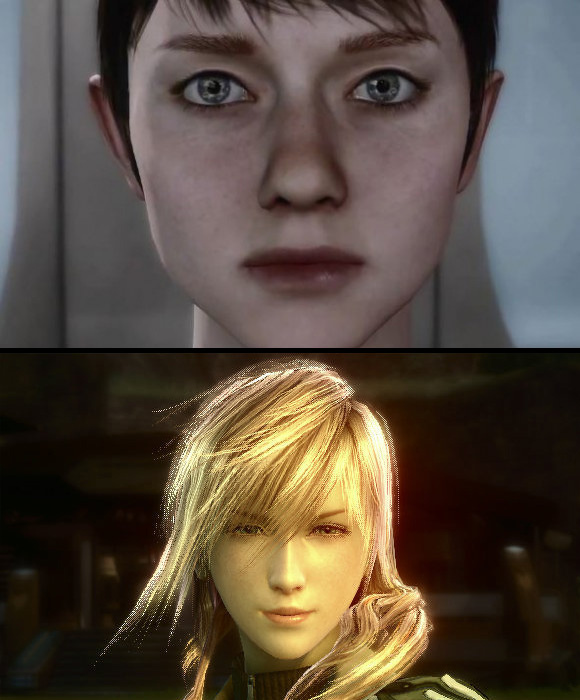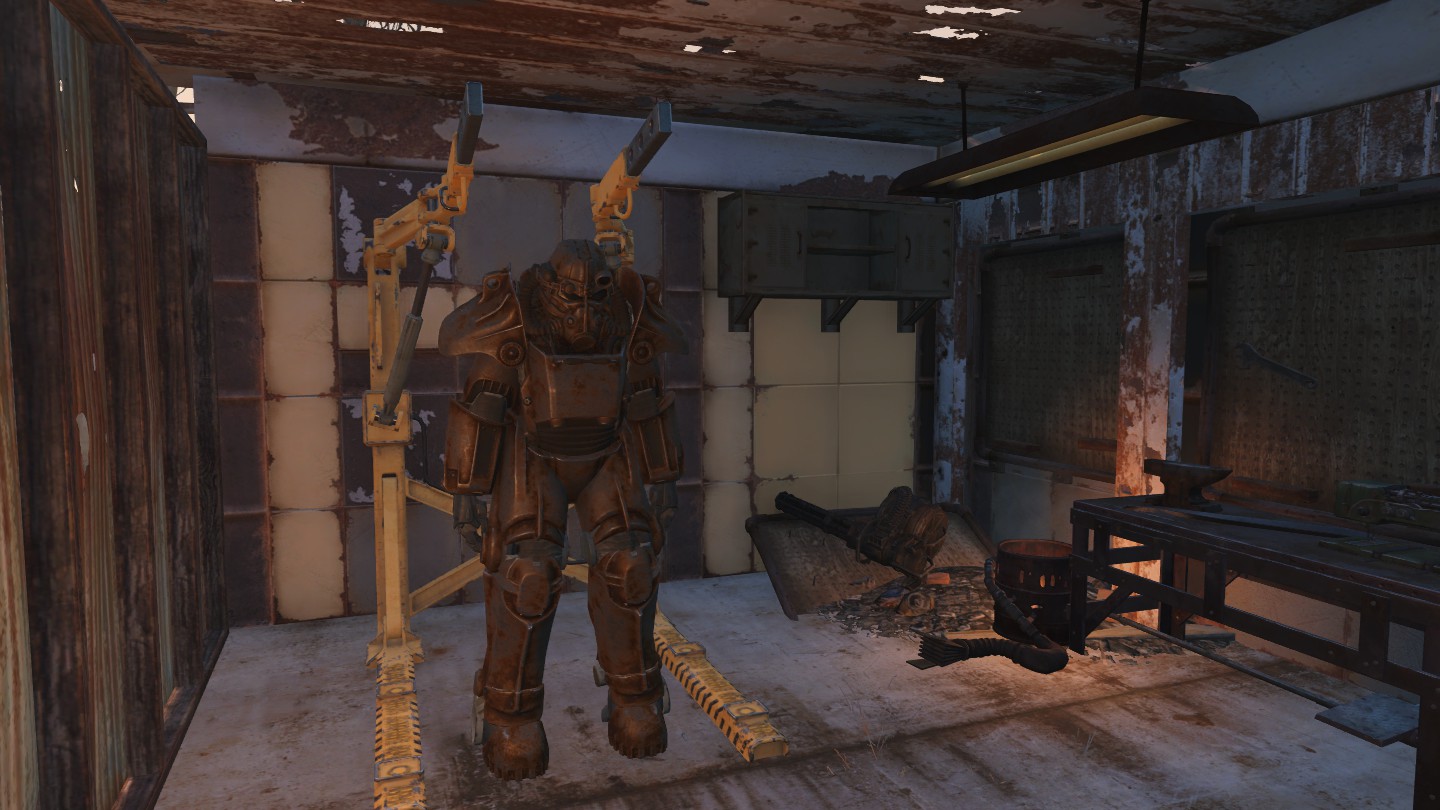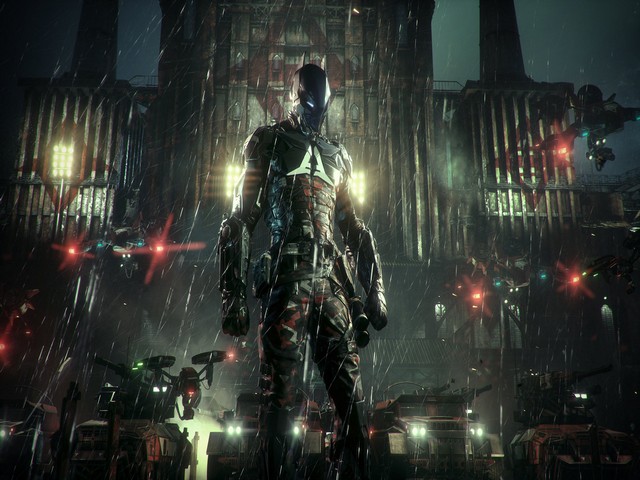

It’s easy to get excited when you first glance at Never Alone. There’s a chubby-cheeked heroine; a bold, whimsical story set in a gloriously bleak setting; and, most crucially, a fox - a cute, squidgy, adorable arctic fox. So why can you only count two orange stars above this paragraph?
Unfortunately, your maths gland hasn’t frozen: Never Alone is a disappointment. The idea behind it is wonderful. It’s based on the Alaskan folk tale of the Iñupiaq girl Nuna and her arctic fox companion. The game is intended to build upon oral tradition - an intimate way of passing an ancient story on to a new generation. Sadly, it doesn’t work. Never Alone has tremendous reverence for its subject matter and audience, but the delivery method can’t do it justice. It’s like a lovestruck teenager writing Keats on a half-brick then lobbing it at their would-be paramour.
It starts incredibly well. Nuna is immediately endearing and inspiring: the way she stomps through the knee-deep snow and braces against icy winds will make you crave cocoa and crackling log fires. One of the best bits comes early on: in a sequence that recalls that spider chase from Limbo, I was pursued by a polar bear then heroically rescued by the fox: who, rather cunningly, is named Fox. It’s a moment of gentle bravery that would have even the Terminator wiping away an oily tear. Regrettably, the game can’t capitalise on it. As you progress (usually from left to right, and sometimes, controversially, from right to left), there’s rising panic that Never Alone is getting the simple stuff wrong. For me, the glum realisation came when I tried to jump off a crate with Fox and got trapped in an endless animation loop. In isolation, it wouldn’t be worth mentioning, but this is just one of many problems. There’s a ‘tip of the iceberg’ analogy in there somewhere, but you deserve better. That, and I’m too sad for jokes.
As Never Alone moves away from simple storytelling and into complicated puzzling, the problems become more apparent. The camera is unwieldy like a sled pulled by sausage dogs. Occasionally it points you in completely the wrong direction, making simple brainteasers seem obtuse. More frustratingly, not everything works first time. A few puzzles had me stumped because I tried to do a thing - usually smashing ice with Nuna’s bolas - and it simply didn’t work. It was usually only after five fruitless minutes trying Plan B that I realised that Plan A was, in fact, correct. Occasionally, the problems are caused by failures in signposting: an inability to make things even moderately idiot-proof. Other times, they’re full on, what-the-hell-just-happened faults. And while game-buggering technical hiccups are unacceptable, it’s actually the former problem that’s more worrying.
As you progress through Never Alone, you’ll unlock mini-documentaries which expand upon the game’s development and historic roots. Sometimes these come from just completing levels; other times, they’re hidden in hard-to-reach places, in the form of hooting owls which fly away as you approach. And if the words ‘documentary’ and ‘history’ scare you, relax! They’re fabulously well-made, and add some enriching meat to the bones of the game’s folklore-heavy story. If the word ‘owl’ scares you, you’re probably ornithophobic and we can’t help you.
At the time of writing, the developers promise an incoming patch to fix many of these problems. At the risk of sounding uncharitable, it’s unlikely to be enough. Many of the design choices in Never Alone feel (snow)flaky. The blowing blizzard that sets the scene early on soon becomes a gusty inconvenience; a means of slowing you down when there’s nothing else to put in your way. The game’s core platforming experience, which involves jumping around on top of floating spirit animals, feels inelegant. And avoiding spoilers, there’s a narrative twist later on which the game never recovers from, which makes the last few levels a slog: a gruelling trudge through waist-high drifts of indifference. If that’s too wordy - and let’s be honest, it probably is - how about this? There’s a water level. In some countries, water levels are punishment for high treason.
It’s not all bad. For a game set in arctic conditions, there’s actually a decent attempt at level variety, and they feel absolutely in sync with the rich, lore-heavy narrative. On top of that, you can unlock documentaries about how the game was made, which adds a genuine sense of scale and endeavour. Don’t pull that face: yes, there will be facts, but I promise it never feels like edutainment. Extras aside, it will take you two or three hours to complete. It’s unfair to judge it on time alone - both Braid and Limbo are comparative in length - but that brevity compounds the game’s problems. Like buying an ice popsicle and discovering that someone else has already sucked out the flavour, Never Alone is curiously unsatisfying.
I feel wretched for saying this stuff - like a Pantomime villain making obscene gestures at Nuna while wearing a pair of freshly-tailored arctic fox mittens. I’d far rather eviscerate some gormless, war-bastard shooter for having all the narrative value of a suspiciously-crisp issue of Playboy. Nuna’s tale is absolutely worth hearing. But can I honestly recommend Never Alone? No.



